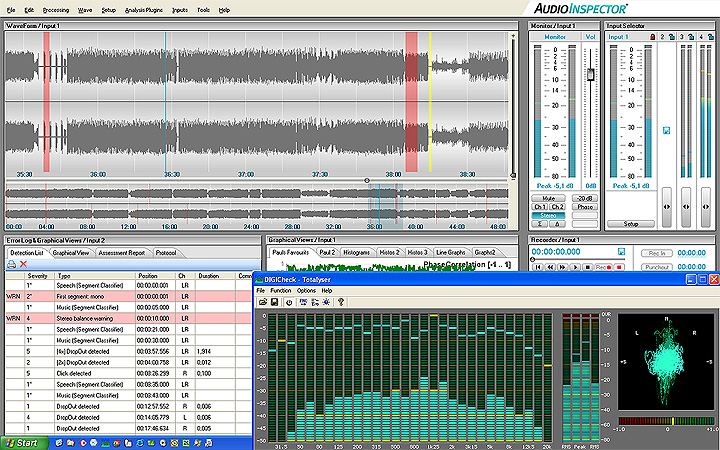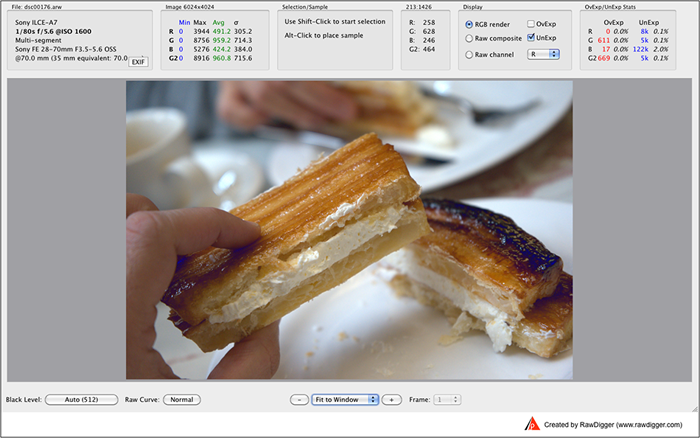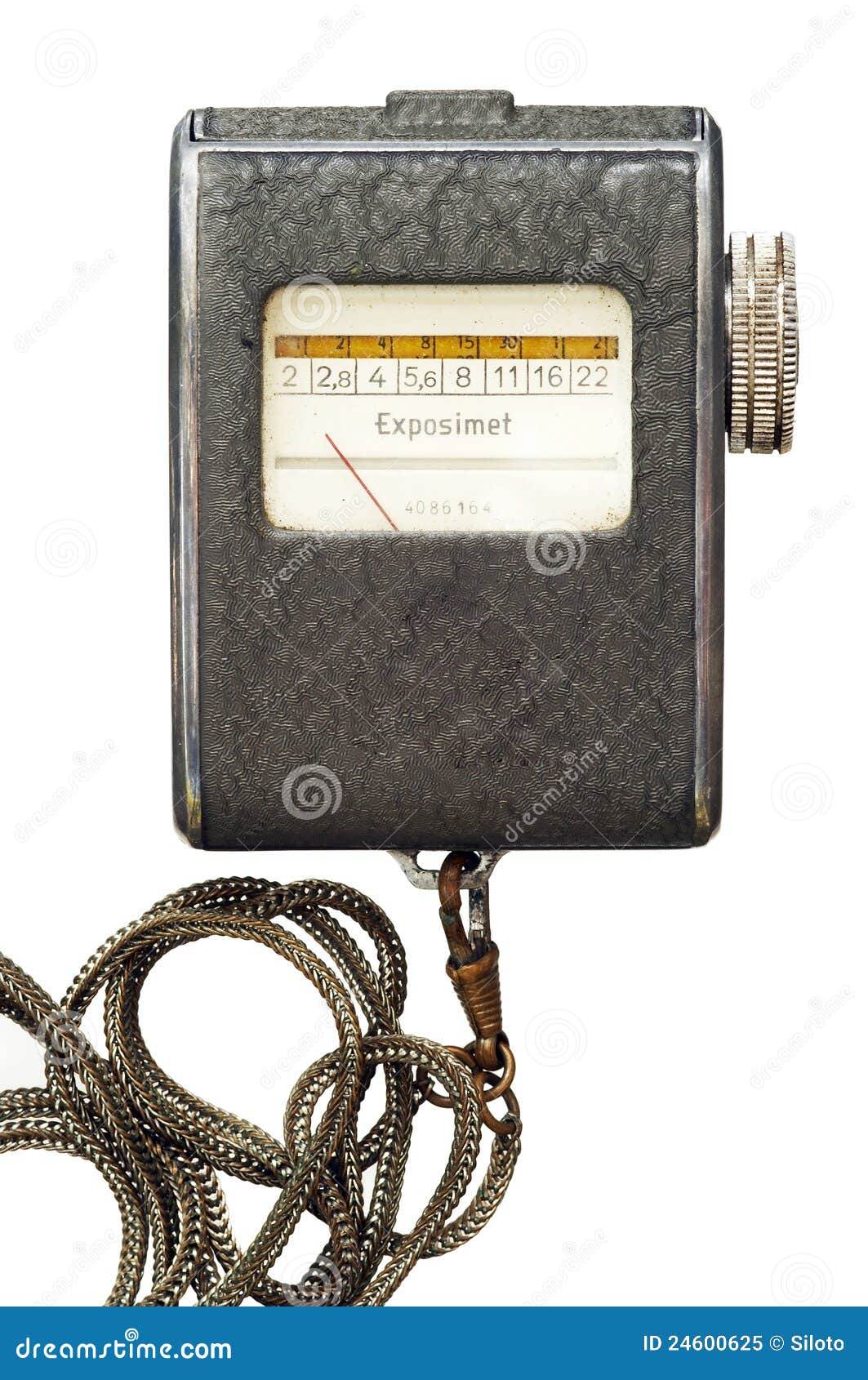

- #Rawdigger fine tune exposure meter for free#
- #Rawdigger fine tune exposure meter manual#
- #Rawdigger fine tune exposure meter full#
- #Rawdigger fine tune exposure meter iso#
- #Rawdigger fine tune exposure meter free#
I never use center weighted metering, so I certainly never play with this. These settings only take effect when you've selected center weighted metering. This sets the diameter of the sensitive part of the center weighted meter. I hit the dial too often by accident, so I don't use it. I love "Easy," which is the name of this feature, but it's too easy. This lets you alter your exposure by turning the front dial without having to press the Exposure Compensation (lighten/darken) button.
#Rawdigger fine tune exposure meter full#
It's silly to fine tune in full stops, they are too coarse.
#Rawdigger fine tune exposure meter manual#
You need the precision in manual mode, but not in the auto modes, because the values chosen by the D800 and D800E are set steplessly regardless of how they are displayed. I'd set 1/3 stops for manual exposure and full stops in auto exposure (P, S and A modes). I prefer this I have enough to worry about without having to do mental gymnastics to realize that f/6.3 is the same as f/5.6 for all intents and purposes.ĭesign Flaw: Ideally Nikon would provide separate settings for manual and auto exposure. Depth of field or motion control doesn't need more precision than a full stop.Įven though the D800 and D800E set exposure steplessly, finder and EXIF readout of apertures and shutter speeds in auto modes is rounded to the nearest full stop. This lets me make my settings faster, since they take fewer clicks. In the Auto modes I set it to full (1) stops.

I don't use this, except in manual exposure.
#Rawdigger fine tune exposure meter iso#
Therefore, set to 1 stop for ISO changes, my finder's compensation bar graph only reads in half stops, and fails to display if I have compensation set to ☐.3 stops. There's one catch: a firmware defect in the D800 and D800E make the in-finder exposure compensation bar graph follow this setting, instead of following the setting for b3 Exposure compensation units.

By not bothering with the in-between thirds I can select my ISOs with fewer clicks. I set mine to change the ISO in full stops. You'll then see CUSTOM SETTING MENU on the color LCD.Ĭlick down to b METERING/EXPOSURE and click to the right. Press MENU, go to the left and select up and down to the pencil icon.
#Rawdigger fine tune exposure meter free#
Want free live phone support? In the USA, call (800) NIKON-UX, 24 hours a day, 365 days a year.
#Rawdigger fine tune exposure meter for free#
This is how I justify spending weeks away from my family writing and sharing all this for free online. If you wish to make a printout for personal use, you are granted one-time permission to print from your browser (there is no PDF) only if you PayPal me $5.00 per printout, file save, or part thereof, unless of course you bought your D800 through one of my links. While free to read online, this page is formally registered and copyrighted, so it is unlawful to make copies, especially in the form of printouts for personal use or saving these pages or files. Have had to take, feel free to help me continue helping everyone. Page as helpful as a book you might have had to buy or a workshop you may The biggest help is when you use any of these links when you get anything, regardless of the country in which you live. I support my growing family through this free website. July 2012 D800 and D800E Review Nikon Reviews Nikon Lenses All Reviews Home Donate New Search Gallery Reviews How-To Books Links Workshops About Contact This is the most usual adaptation of these models.įor other kinds of fine tuning, there probably aren't clear rules.Nikon D800 and D800E Custom Menu: Metering/exposure Now you add your own dense layers and leave these trainable. So, you create a model with include_top=False, then you freeze it entirely. So they adapt the final part, and train only the final part. People often create their own top part because they don't have exactly the same classes the original model was trained to. You let the convolutional layers (which understand images and locate features) do their job unchanged, and create your ou top part adapted to your personal classes. Usually, this fine tuning happens only in the last dense layers. These few dense layers are what keras calls top. ( )Īll these models have a similar strucutre: the VGG16 model has a total of 23 layers.


 0 kommentar(er)
0 kommentar(er)
